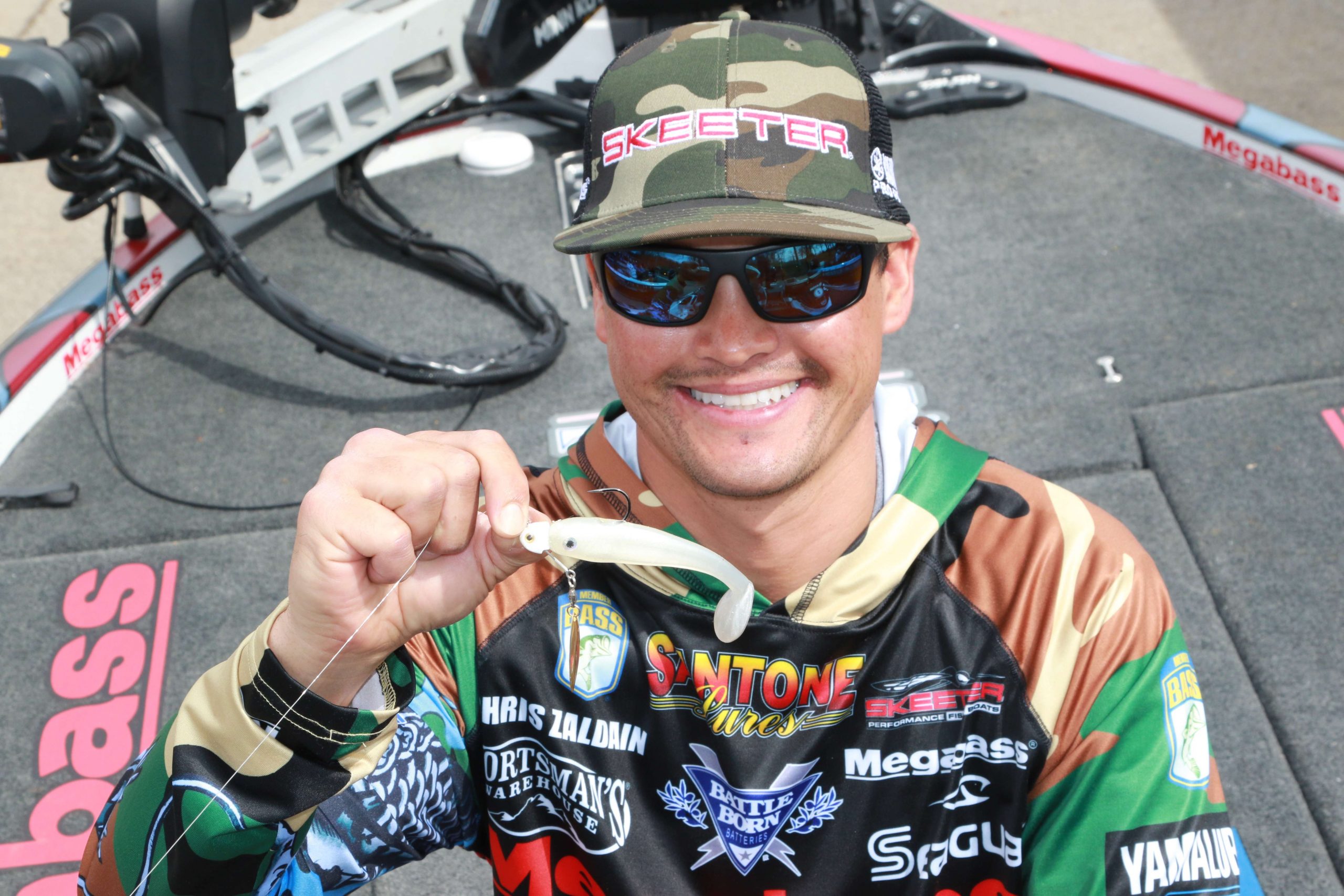
The only thing worse than losing a big smallmouth bass is having to willfully release one. That’s going to happen a lot this week, as Geico Bassmaster Classic presented by DICK”S Sporting Goods anglers wrestle with the local regulation requiring legal smallmouth to measure at least 18 inches.
Most of the time, a smallie measuring 17 1/2, maybe 17 3/4 is going to a ride. But that’s not gonna do it here on the Tennessee River’s Classic waters.
So, will it be worth it for anglers to spend time proactively seeking the smallmouth bite? We asked three brown fish specialists and each answered with an emphatic “Yes!”
Adrian Avena: The New Jersey angler’s no stranger to smallmouth, but he thinks the weather outlook will factor into the viability of smallmouth pursuits.
“I honestly feel like the first day of the tournament is going to be the (best) smallmouth day,” he said. “The one thing I’ve learned as a northern guy is that northern smallmouth and TVA smallmouth are polar opposites.
“We’ll have the tail end of a cold on day one and it will blow through as the tournament progresses. During the weekend, it’s going to be post-front with a high-pressure system and I really feel like those smallmouth aren’t going to like it. So the guy who can capitalize and catch a few key smallmouth on day one can ride that through the weekend.”
Ultimately, Avena does not expect the tournament will not be dominated by either species. Rather, he believes it’s going to take a mixed bag to win the Classic.
“Everybody knows an 18-inch smallmouth is a quality fish, so some guys might use them as their kickers. It may take a couple of quality smallmouth and limit-filler largemouth. There are some better-than-average smallmouth in here, so the guy that can do both is the guy that excels in this tournament.”
Mike Iaconelli: “The smallmouth in this system are game-changers,” the 2003 Classic winner said. “There are risks, but with high risk comes high reward and I think that will be true here. I’ll go as far as to say the winner will have one to three smallmouth in his bag each day.
“When you catch an 18- to 22-incher, it’s going to weigh 4-5 pounds, so it’s definitely worth the risk. Will it hurt to throw back a 17 3/4 back? Oh, it will hurt — but it’s worth it to fish for big smallmouth.”
While Iaconelli believes that Big Fish honors will ultimately go to a largemouth, across the board, he expects to see far more 4-pound smallmouth than 4-pound largemouth.
Chris Zaldain: Having found several quality smallmouth in practice — including a 19-incher and one over 20 — the former Western stick, now based in Texas, said he’ll be focusing on big-fish habitat. Slinging a 3/8-ounce Santone Z-Spin with a hollow belly swimbait, Prominent points with current rips or wind exposure will be tops on his target list.
“On any river system, they set up on very obvious spots; but the problem is they move so much,” Zaldain said. “If you chose to target them, you may be running down the river and you see a point that looks good and you have to fish there. I may not have caught one in practice, but because smallmouth move around so much, there very well might be a 4- to 5-pounder waiting for you.”
Notably, Zaldain said his best smallmouth bites in practice came during colder times, so he’s actually more optimistic about the cold front’s effects. That being said, he’s prepared to manage the frustration of releasing nearly-legal smallmouth.
“A 17 1/2-inch smallmouth is a beautiful fish and it is a shame to throw something like that back, but you cannot let it get to you,” Zaldain said. “A 17 1/2-inch smallmouth is the exact same thing as a 9-inch smallmouth, in terms of a legal catch.
“So when I’m casting on that smallmouth-looking spot, I’m telling myself I’m looking for a giant smallmouth; I’m trophy fishing. You have to train yourself that a 17 1/2-inch smallmouth is worth absolutely nothing. You can’t let it affect you.”

